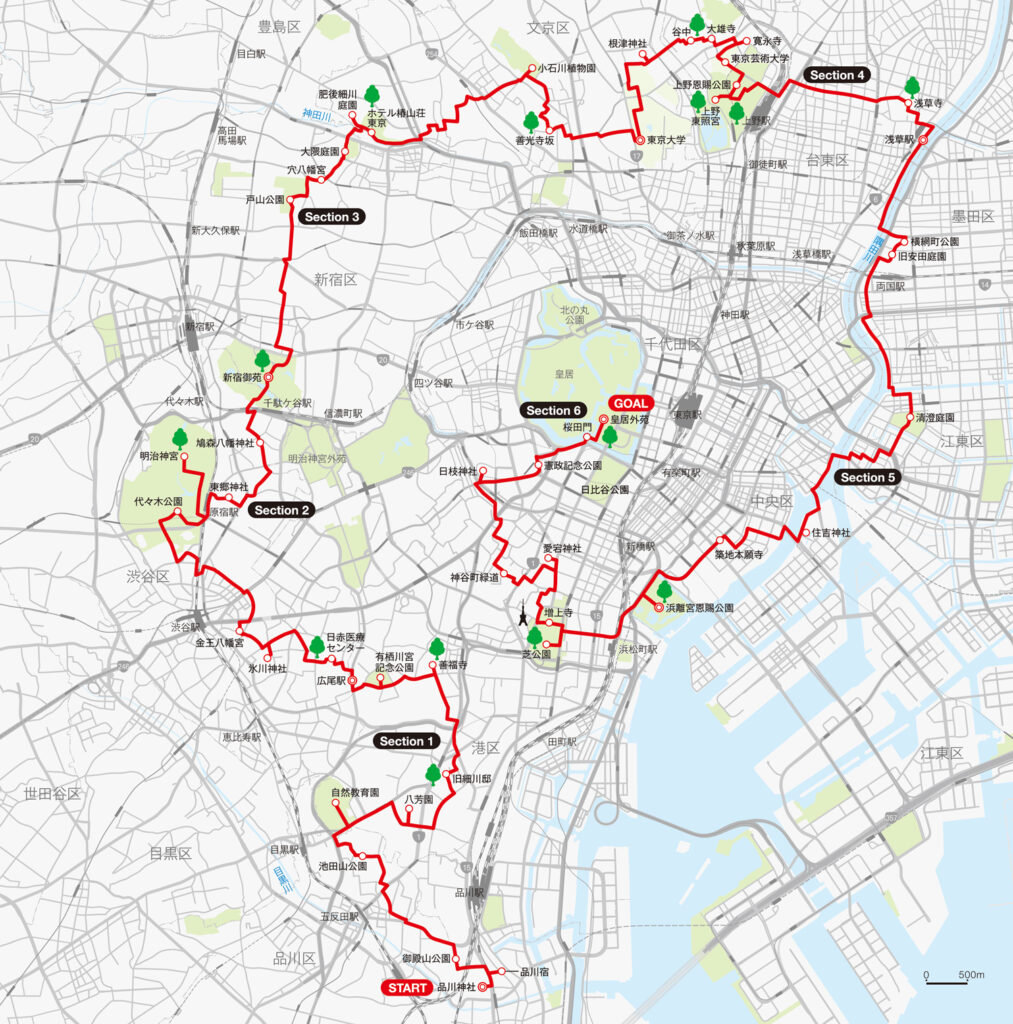Vestiges of samurai mansions and trees from the Edo period
Section 3 is a 10-kilometer route traveling north from Shinjuku Gyoen National Garden to Wakamatsu-Kawada, and then through Toyama Park, Waseda University, and the promenade along the banks of the Kanda River to the University of Tokyo. The Sekiguchidai area, along the Kanda River, was developed at the onset of the Edo period (1603–1868), when Tokugawa Ieyasu founded the Tokugawa shogunate and occupied the Edo Castle. Ieyasu first built the private mansions of feudal lords as well as temples and shrines. He then established one of the Five Routes, the Nakasendo. This attracted merchants, and the commercial activity helped the area develop a community.
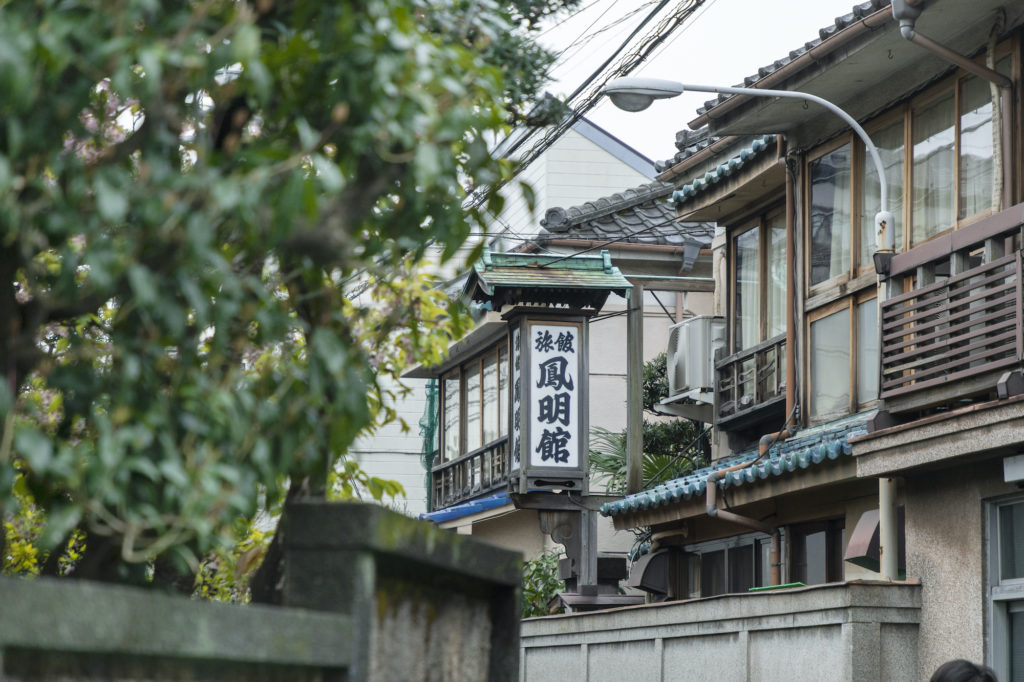
One of the highlights of this area are the large trees remaining on the sites of former samurai mansions, their tutelary temples and shrines, and facilities that were under the direct control of the shogunate. By the back gate of Hotel Chinzanso Tokyo are 20-meter-tall, over 500-year-old chinquapins. At Sui Jinja, the tutelary shrine of the Sekiguchi Watergate since the Kanda Aqueduct was established, are 300-year-old ginkgoes. And at Koishikawa Botanical Garden, originally opened by the Tokugawa shogunate as Koishikawa Medicinal Herb Garden, are large Himalayan cedars and camphor trees. The oldest tree here is the jujube on the west side. It may not look all that glamorous, because it was knocked down by a typhoon in 1979, but records say it was imported from China in 1727. In any case, it has been here since the Edo period or even earlier. The rough bark and the hollow in the trunk speak of the tree’s centuries-old history, inviting you to pause and look more closely into the recesses of its past. “I think I know Tokyo inside out, and I can say very few areas retain such strong vestiges of Edo” (Mori). “Kohinata and Koishikawa are residential districts known for preserving gardens originally created for feudal lord mansions. Ikedayama and Shirokane are also residential districts built on a plateau, but the planting and greening techniques are completely different. I’m curious to hike both areas focusing on this contrast” (Ikeuchi).
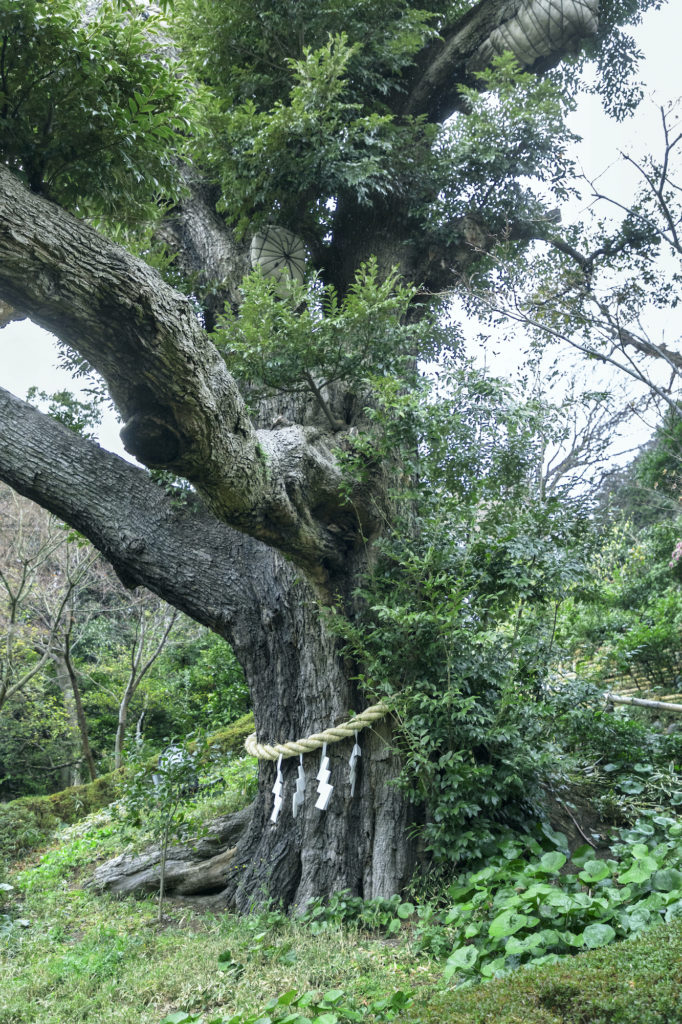
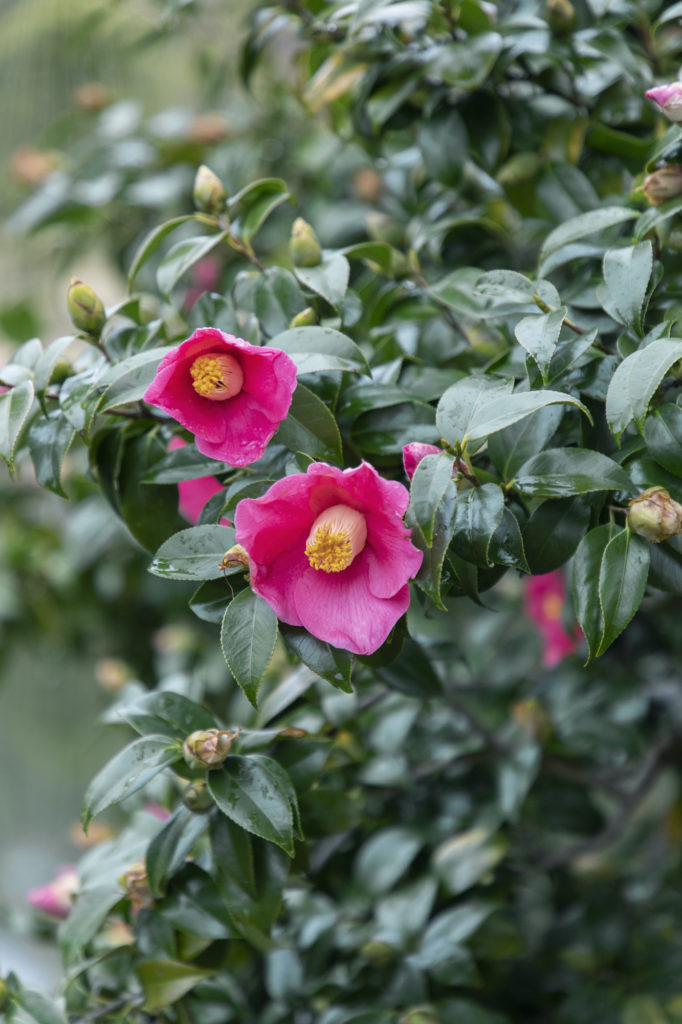
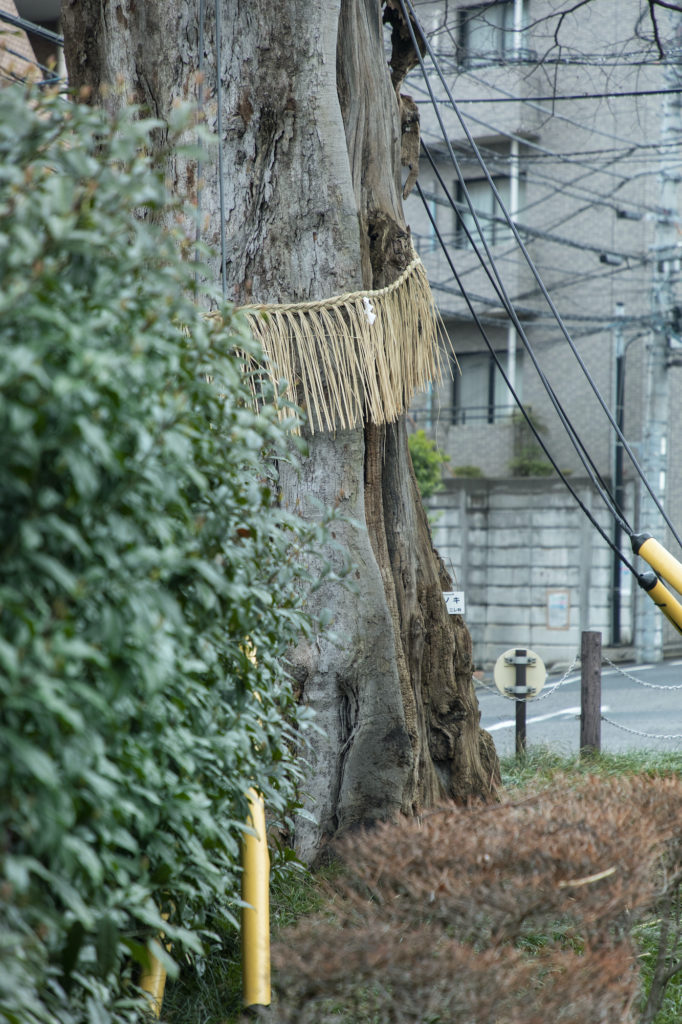
We keep on walking to the University of Tokyo Hongo Campus with its magnificent ginkgo avenue with more than 290 ginkgo trees, their leaves vibrant green in the spring, golden yellow in the fall, that inspired the university’s circular ginkgo-leaf logo. A fitting place to close this section, then, is the statuesque, more than 300-year-old ginkgo at the faculty of engineering.
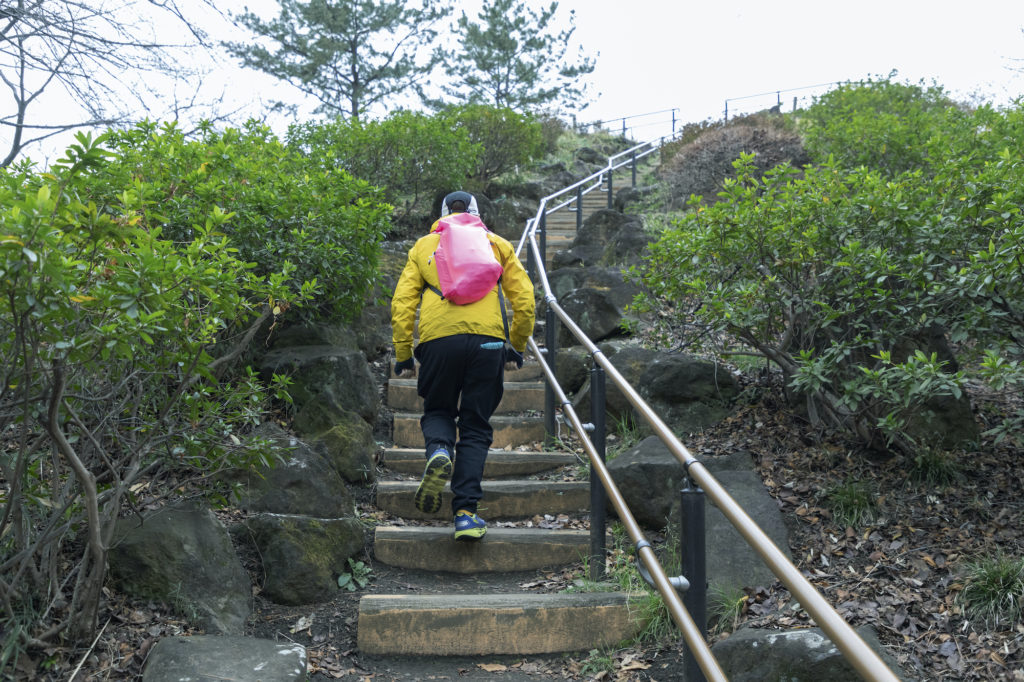
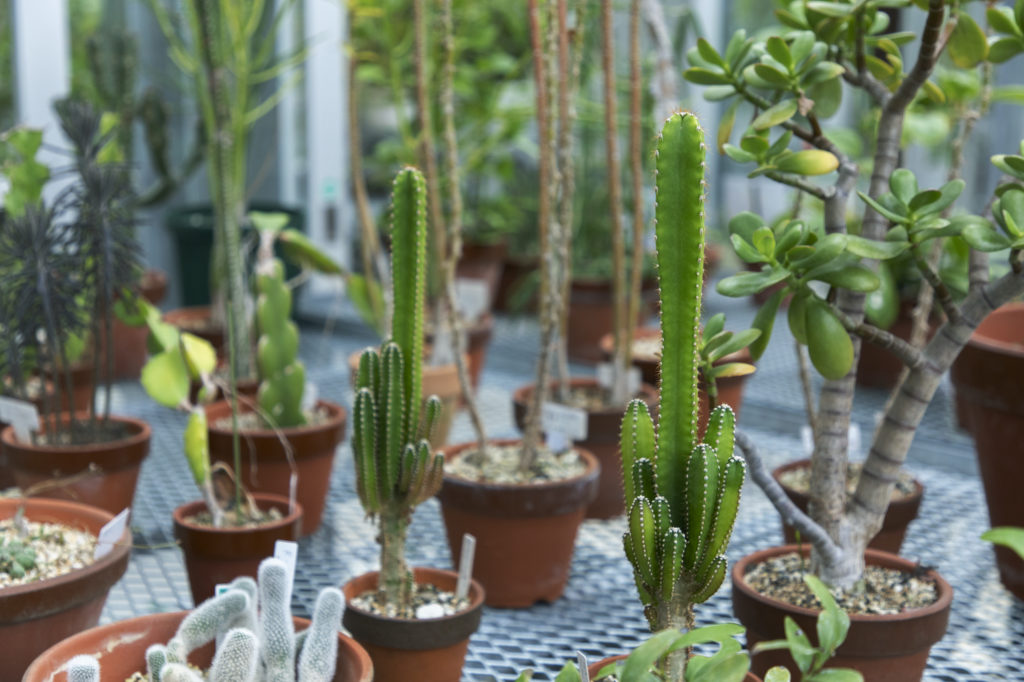
■Tree Spot
• Toyama Park
• Ana Hachimangu Shrine
• Okuma Garden
• Higo-Hosokawa Garden
• Sekiguchi Sui Jinja
• Hotel Chinzanso Tokyo
• Koishikawa Botanical Garden
• Zenkoji-zaka Slope
• University of Tokyo
PAPERSKY has created a 60km trail that connects trees in Tokyo. This original route starts from Shinagawa-juku (Kita-Shinagawa), which welcomed travelers as the gateway to Edo (old name for Tokyo), and winds around in a clockwise direction to the Imperial Palace, where Edo Castle once stood.
